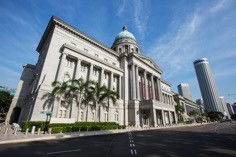
Art for the people: Singapore opens its HK$2.9b National Gallery
Museum, the first dedicated to Southeast Asian modern art, is free for citizens and permanent residents; one of its roles is to make Singapore an art hub

The National Gallery Singapore - the first museum dedicated to modern art from Southeast Asia - opens today with a mission to make art accessible and the Lion City an international art hub.
Two inaugural exhibitions chart the development of art in Singapore and the rest of Southeast Asia since the 19th century.
“Siapa Nama Kamu” (What is Your Name in Malay) tells the story of art in the city in 400 works, while “Between Declarations & Dreams” features art from surrounding countries. There will also be special exhibitions featuring the works of Chinese ink artists Wu Guanzhong and Chua Ek Kay.

The S$532 million (HK$2.9 billion) project, which took 10 years to complete, is also a big architectural undertaking; it involved restoring, renovating and linking two colonial-style heritage buildings: City Hall and the former Supreme Court buildings. Designed by Studio Milou Singapore, the museum occupies approximately 64,000 square metres and is equivalent in size to the Musee d’Orsay in Paris and London’s Tate Modern.
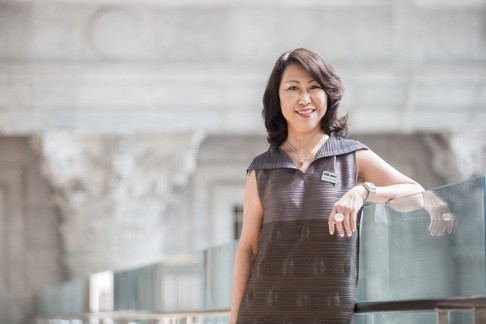
Some art museums overseas sustained themselves with a mix of public money, revenue and donations or patronage, she noted. “American museums have a very sustainable model where a third comes from each of these pockets,” says Chong. “We are a long way from that because they have a history of patronage. We are closer to the European model, which today is probably 70 per cent from the government and 30 per cent from other sources [such as restaurant and venue rental].”
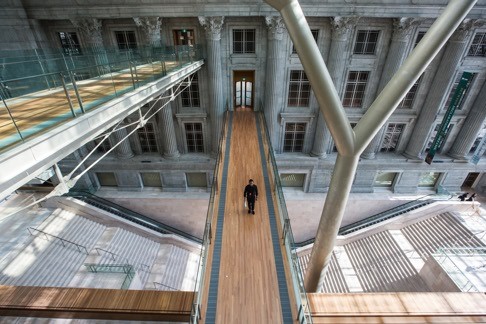
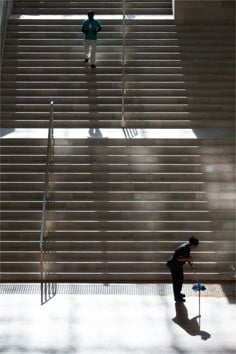
Most of the artworks on display come from the National Collection. On top of donations and loans, the museum would receive around S$20 million over the next five years from the government “to fill up the gaps in our collection”, Chong said.
Despite being largely funded by the government, the museum curatorial team would remain independent, said Low Sze Wee, director of curatorial and collections.
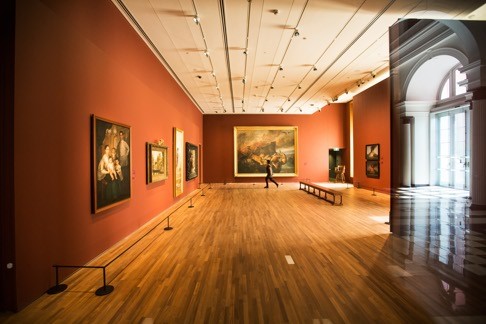
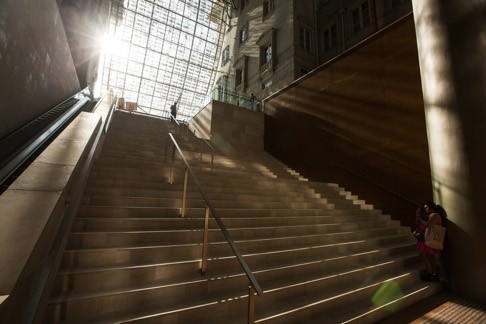
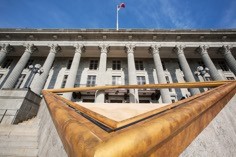
Still, he said, the museum needed to understand what the government expected from it. “So far I think the government has been saying that [the] National Gallery [should] do the research and scholarship but make sure this can be appreciated by the public. So our responsibility … is more about how we can reach out to the public to educate them more about art, and not just curate for ourselves.
“We need to curate for the public,” he said.